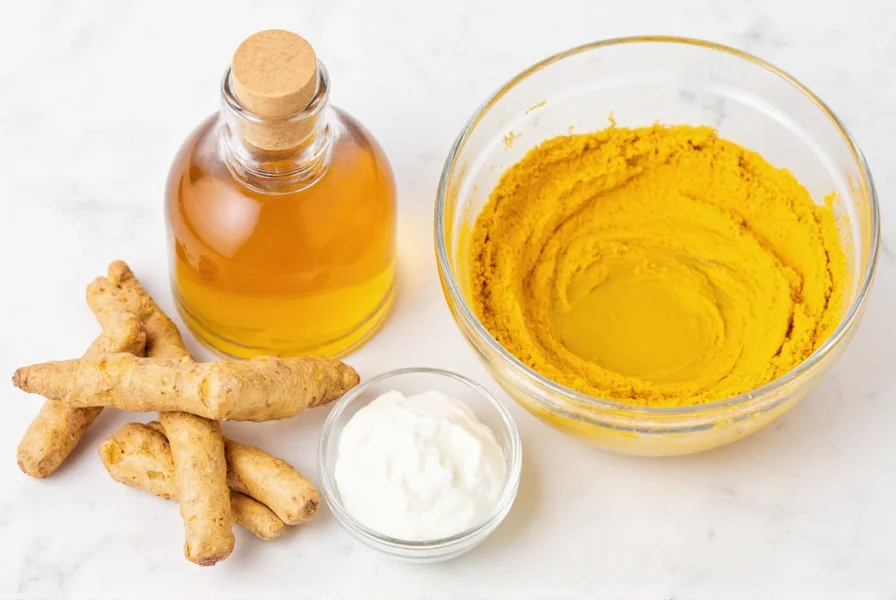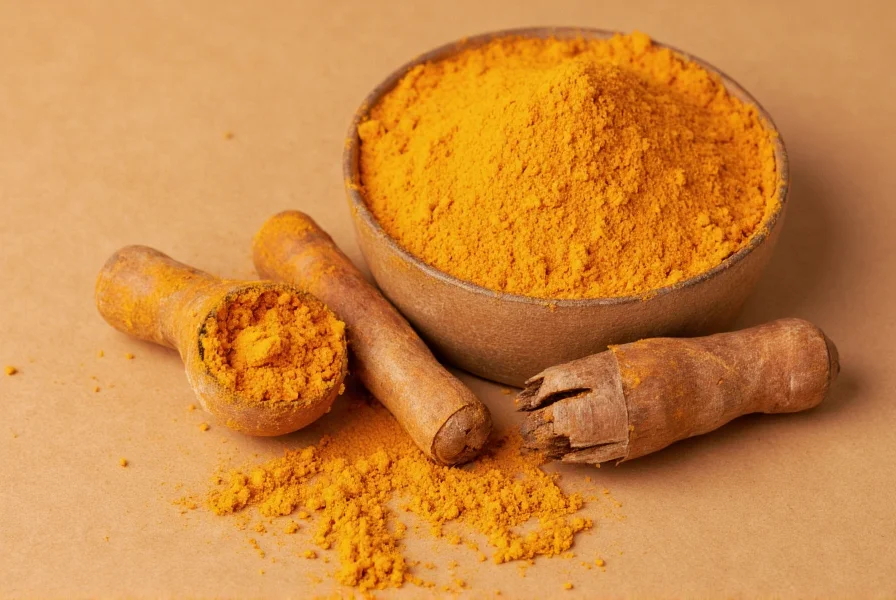For centuries, turmeric has been a staple in traditional skincare routines across South Asia. This vibrant yellow spice, derived from the Curcuma longa plant's root, contains curcumin—the active compound responsible for its potent anti-inflammatory and antioxidant properties. Modern research increasingly validates what traditional medicine has long claimed: turmeric offers genuine skincare benefits when applied topically, particularly for addressing inflammation-related skin concerns.
The Science Behind Turmeric's Skincare Benefits
Curcumin, turmeric's primary bioactive component, demonstrates significant anti-inflammatory effects by inhibiting multiple molecules involved in inflammation pathways. A 2016 study published in Phytotherapy Research confirmed curcumin's ability to reduce inflammatory markers in skin cells, making it particularly relevant for inflammatory skin conditions. The antioxidant capacity of turmeric helps neutralize free radicals that contribute to premature skin aging and damage.
When considering turmeric face mask benefits, research suggests potential improvements in:
- Acne inflammation reduction
- Hyperpigmentation lightening
- Wound healing acceleration
- Overall skin radiance enhancement
However, it's crucial to understand that while laboratory studies show promise, clinical evidence in humans remains limited compared to established skincare ingredients like retinoids or vitamin C.
Safe Application Methods for Facial Use
Proper application technique determines whether you experience turmeric for glowing skin benefits or frustrating yellow stains. Always begin with a patch test: apply a small amount of your turmeric mixture behind your ear or on your inner arm and wait 24 hours to check for reactions.
| Skin Type | Recommended Frequency | Maximum Duration |
|---|---|---|
| Normal | 1-2 times weekly | 15-20 minutes |
| Oily/Acne-Prone | 2 times weekly | 10-15 minutes |
| Dry/Sensitive | Once every 10-14 days | 5-10 minutes |
When applying turmeric treatments, use lukewarm water to remove the mask—hot water opens pores and increases staining risk. Follow with a gentle cleanser and moisturizer. For stubborn yellow residue, try a paste of baking soda and water or a milk-based cleanser, which helps neutralize the color.
Effective Turmeric Face Mask Recipes
Creating the right consistency matters as much as the ingredients. Too much turmeric increases staining risk, while too little reduces potential benefits. These homemade turmeric face mask recipes balance effectiveness with safety:
Basic Anti-Inflammatory Mask
Mix 1/4 teaspoon turmeric powder with 1 tablespoon plain yogurt and 1 teaspoon honey. The lactic acid in yogurt gently exfoliates while honey provides antimicrobial properties—ideal for turmeric for acne treatment. Apply for 10-15 minutes before rinsing.

Gentle Brightening Treatment
Combine 1/8 teaspoon turmeric with 1 tablespoon mashed papaya and 1 teaspoon aloe vera gel. Papaya's natural enzymes provide gentle exfoliation while aloe soothes—perfect for turmeric face mask for sensitive skin. Leave on for 8-10 minutes.
Understanding Potential Side Effects
While many seek does turmeric really work for skin answers, it's equally important to recognize limitations and risks. The most common issue is temporary skin staining, particularly problematic for those with lighter skin tones. Less frequently, users experience contact dermatitis—redness, itching, or swelling indicating an allergic reaction.
Avoid turmeric treatments if you:
- Have known sensitivity to plants in the Zingiberaceae family
- Are using prescription acne medications like isotretinoin
- Have open wounds or severe skin conditions
- Are scheduled for facial procedures within two weeks
Professional estheticians note that while turmeric skin stain removal is possible, prevention through proper formulation and removal techniques proves far more effective than attempting to reverse staining after it occurs.
Managing Expectations: Turmeric in Modern Skincare
Turmeric shouldn't replace clinically-proven treatments for serious skin conditions, but can complement professional skincare regimens. Dermatologists increasingly acknowledge its potential as an adjunct therapy, particularly for mild inflammatory conditions where conventional treatments cause irritation.
For best results, incorporate turmeric treatments 1-2 times weekly alongside your regular skincare routine. Consistency matters—most users notice subtle improvements in skin texture and tone after 4-6 weeks of regular use. Remember that natural doesn't always mean safer; proper formulation and application determine whether you experience turmeric face mask benefits or adverse effects.
Frequently Asked Questions
How long should I leave turmeric on my face?
Most skin types should limit turmeric mask application to 10-15 minutes. Sensitive skin types should reduce this to 5-10 minutes, while oilier skin can tolerate up to 20 minutes. Never leave turmeric treatments on overnight as this significantly increases staining risk and potential irritation.
Can turmeric remove dark spots on face?
Turmeric may help reduce the appearance of dark spots through its anti-inflammatory and antioxidant properties, but it's not a complete solution for hyperpigmentation. Research suggests curcumin can inhibit melanin production, but results are typically subtle and require consistent use over several weeks. For significant hyperpigmentation, consult a dermatologist about clinically-proven treatments.
Why does turmeric turn my skin yellow?
Turmeric contains natural yellow-orange pigments called curcuminoids that temporarily stain the skin's surface. This staining is harmless but can be difficult to remove. The intensity depends on concentration, skin type, and duration of application. Lighter skin tones typically show more noticeable staining. Using lower concentrations and proper removal techniques minimizes this effect.
Is raw turmeric better than turmeric powder for face?
Both forms have advantages. Fresh turmeric root contains additional enzymes and moisture that may enhance absorption, but it's more difficult to measure precisely and has greater variability in curcumin content. Powdered turmeric offers consistent concentration but may contain fillers. For facial applications, high-quality organic turmeric powder generally provides more reliable results with less risk of contamination.
Can I use turmeric every day on my face?
No, daily use isn't recommended. Turmeric's potent compounds can cause irritation or excessive drying when used too frequently. Most skincare professionals recommend 1-2 applications per week for normal skin, and less frequently for sensitive skin types. Overuse increases staining risk and may disrupt your skin's natural barrier function.











 浙公网安备
33010002000092号
浙公网安备
33010002000092号 浙B2-20120091-4
浙B2-20120091-4